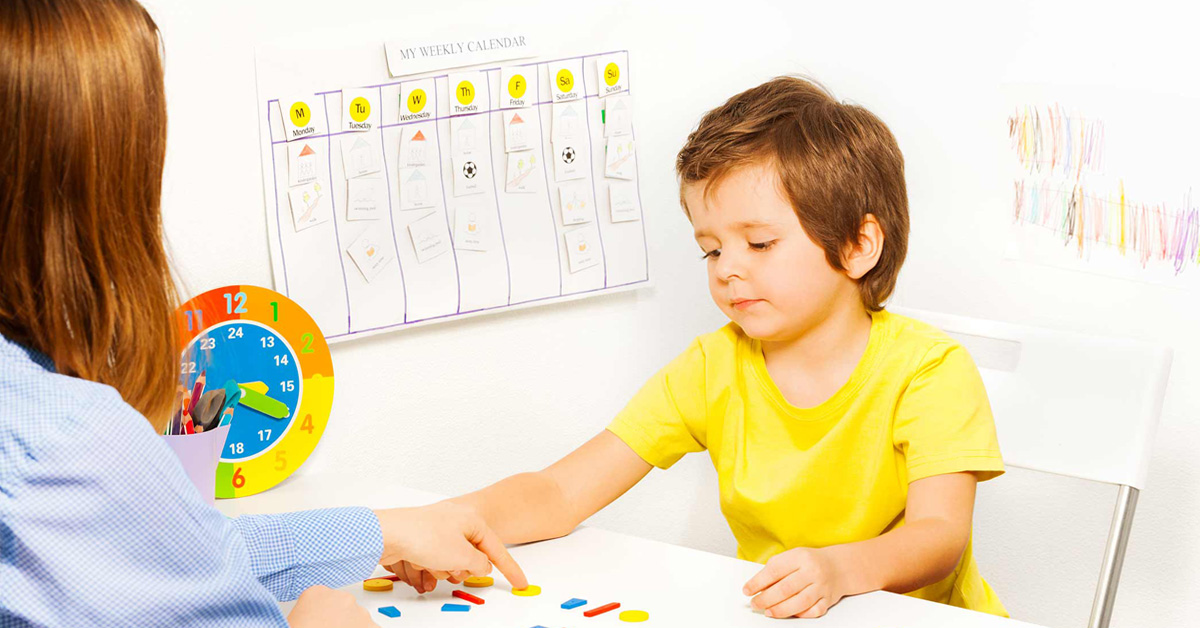Written by Jayne M. Wesler Esq.
As a parent, the last thing you want is for your child’s disability to affect his or her ability to succeed in the classroom. Along with the Individuals with Disabilities Education Act (IDEA), Section 504 of the Rehabilitation Act of 1973 ensures that schools receiving or benefiting from federal funding support the educational needs of a student who may have a disability that affects one or more major life activities, including, but not limited to: learning, speaking and listening, concentration, reading and writing, personal care.
A 504 plan allows educators to modify a student’s academic program, and offers the opportunity to design customized educational plans to meet a child’s specific needs. Such a plan will ensure that a child is provided equal access to school programs and activities.
EVALUATION
The process of evaluating a child for a 504 plan can be extensive, as school districts must use comprehensive and evidence-based instruments. A child in grades kindergarten through 12 dealing with a learning disability or behavioral disorder like ADHD may not meet the state or district requirements for special education; however, they may be eligible for a customized 504 plan that would provide the support they need to succeed at school. That’s because, under Section 504, there are an array of physical and mental impairments that are considered to pose substantial limitations on a student or in some way substantially impact a major life activity, whether related to communication or concentration, ability to walk, breathe, or eat properly. While a student may have a disability, it may not be impacting their educational performance in ways that qualify them for special education services. In order to meet the requirements for a 504 plan, an evaluation will be required to determine whether your child’s disability substantially limits them in particular major life activity.
Unlike with an IEP, a 504 plan will require full parental participation; once an educational concern is raised, families will have the opportunity to team up with their child’s principal, academic advisors, teachers, and other school personnel to determine eligibility and put a proper educational plan into effect.
SCOPE
Your child’s disability may not necessarily be evident in the classroom, but 504 plans are designed to take into account any activity, including — but certainly not limited to — necessary life skills like reading and writing. In order to qualify for the special education assistance they need to thrive at school, a child must have been diagnosed with at least one of the 13 disabilities listed in IDEA, which includes learning disabilities and attention disorders. But if your child has not met the standard for special education eligibility, a 504 plan may be the answer if it is determined that the child’s impairment is having a substantial impact on their functioning.
The 504 plan is designed to take into account conditions that may not readily require special education services — everything from poor hearing to epilepsy. If your child is struggling with a physical or mental impairment that does not qualify them for special education and related services, the child may still be eligible for a Section 504 plan, which may grant children special accommodations in order to give them the support they need to be successful at school.
STANDARDS
School districts are required to provide students who qualify for 504 plans with a free, appropriate public education — the same standard used in IDEA cases. As such, examples of accommodations in 504 plans might include everything from extra time to complete tests and assignments and modified textbooks or technology aids, to behavior management support or occupational or physical therapy.
The best news of all is that the 504 plan will provide important sources of support and other necessary accommodations for children who qualify. The plan should be reviewed at least once a year to ensure your child’s personal level of success. If your child’s 504 plan proves unsuccessful in helping them thrive in a traditional classroom setting, alternative settings and programs can be considered. The ultimate goal of your child’s teachers should be to ensure that each student can be educated in standard classrooms with the help of the services, accommodations, or educational aids they need.


